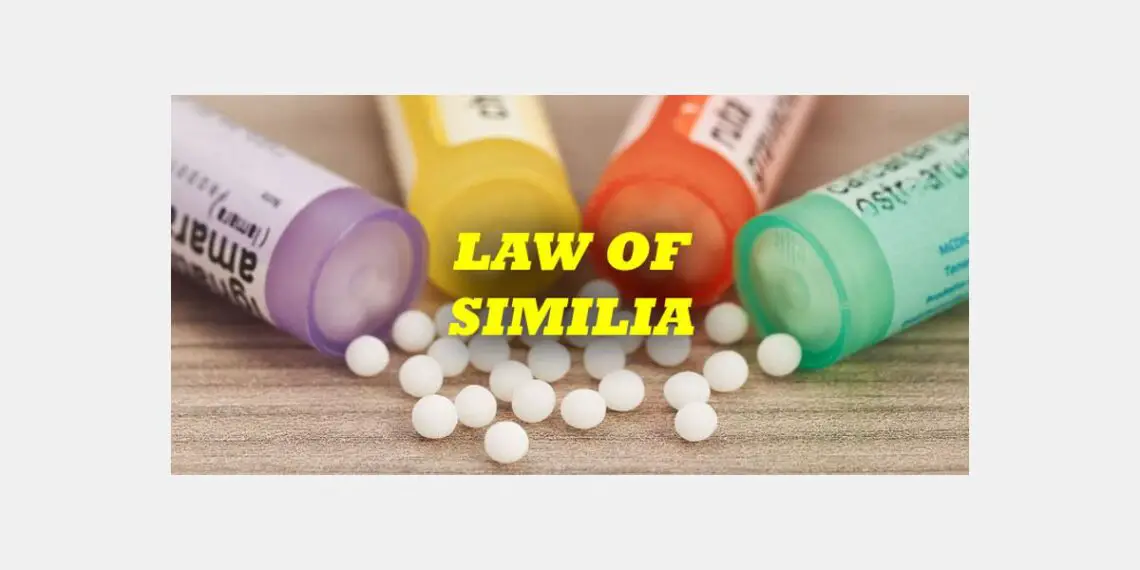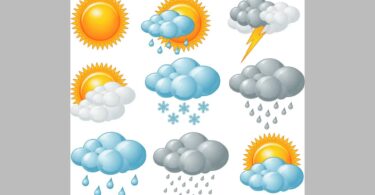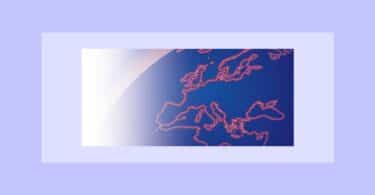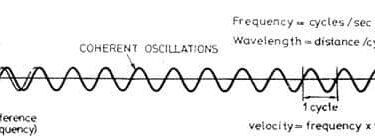Years ago I chanced on what I’ve always thought to be one of the most literal applications of the Law of Similars, in one of the most unlikely places: on a prime time television science show, featuring the ongoing work of the inquisitive and brilliantly creative neuroscientist Vilayanur Ramachandran. In 2001, when the Nova episode in question aired, Dr. Ramachandran was the director of the Center for Brain and Cognition at the University of California, San Diego, and adjunct professor at the Salk Institute for Biological Studies in La Jolla, California. The focus of his work was in solving a variety of what he termed to be the “mysteries” of the brain – but the part of the show which grabbed and kept my attention was his work with patients suffering from Phantom Limb pain. In Ramachandran’s experience, some people who suffered from amputations would often experience these pains only temporarily; others were not so fortunate. It was this second type of patient which led Ramachandran to “discover” and implement what homeopaths would know as an example of “Like curing Like” in his research.
Ramachandran saw the problem’s solution lay in developing a “treatment” for pain “in a body part that is no longer there”. In his work, he came across patients like James Peacock, who had tried everything, including painkillers and hypnotism (what, no homeopathy?), to eliminate the excruciating phantom limb pain he suffered following a motorcycle accident which resulted in the paralysis and subsequent amputation of his right arm. Ramachandran’s solution: a device he created called the Mirror Box. To summarize Peacock’s experience (you can look up Ramachandran’s own notes and cases at http://www.pbs.org/wgbh/nova/mind/notebook.html#; or the transcript of the Nova episode here: http://www.pbs.org/wgbh/nova/transcripts/2812mind.html ), James Peacock described the position of the amputated arm and the pain he felt to Ramachandran, who then designed a box and mirror device which allowed Peacock to mimic the exact position of his lost arm with his remaining one in front of a mirror.
Peacock clenched and bent his left arm into the “position” his no-longer-present right arm had been paralyzed in, before it was amputated—and then he “unclenched” and untwisted his functioning arm in front of the mirror, creating a visual image of what his twisted, painful right arm would look like if it were easing itself out of its distress. The result: the excruciating pain Peacock had been suffering for years in his phantom limb disappeared.
Ramachandran’s explanation: “It’s just as though you have visually resurrected the phantom limb. And of course the patient knows it’s an illusion, but it’s very, very compelling”. So compelling, that as the patient watches the reflection of his remaining limb doing what the ghost limb would do to stop its pain, the pain actually subsides. Ramachandran’s understanding is that the mirror image creates a visual stimulus for the brain which finally ends the creation of pain in the missing limb, as though it were the proper physical response to restore homeostasis and reverse what looks like a “positive feedback” pain creation process. This isn’t far from Hahnemann’s idea about the Law of Similars at all: in fact, the only difference seems to be that the curative, energetic response to the “medicine” happens regardless of the form in which “the medicine” is delivered. It seems that the law’s universal applicability in healing is indisputable.
There is always room for disagreement and further exploration, even though most of our September Poll’s respondents came to the same conclusion. Out of a total of 113 votes, 87.6% (99 votes) voted “yes” to the question of the natural law’s universality. 8 voters (7.1%) simply did not believe in the law’s universality, and 6 voters (5.3%) simply didn’t know. Those who left comments to the poll wished to express their belief in the Law of Similars through experience and practice in Homeopathy. Some wrote about applying the Law of Similars not just in Homeopathy but in other healing modalities as well as in everyday situations, such as Sigi’s response:
I voted for yes, but still, I didn’t have Simillimum only in the homeopathic sense of the meaning in mind. When I was young I was told, if you have a hang over, just have one beer next morning. Once I tried it – and it worked pretty well. Thinking about Simillimum always makes me remember Vithoulkas’ principle of resonance. Resonance in waves, according to my limited knowledge, is best achieved by another wave with exactly the same wavelength. To avoid the amplitude to rise too high, the frequency of the added wave should be slightly higher or less (to reduce aggravation) – similar. Bioresonance, colour therapy, Bach flowers, Aromatherapy, Hildegaard medicine (cosmos, spiritual aspect), acupuncture, autohaemotherapy, esogetic medicine, kinesiology, magnetotherapy, bioenergetic therapy, all work with minute stimuli. If these therapies do produce a resonance effect (which could explain their effectiveness in treatment), well, then the Law of Similars is quite universal.
Some of the “no” responders were simply “unconvinced” of its universality (and by extension, homeopathy), or completely dismissive of Hahnemann and homeopathy all together.
Others, like Dr. Bhatia, respond that the Law of Similars may very well be universal (if “universal” as a term is qualified in a scientific context) or it may be conditional, effective only if other homeopathic principles are applied as well:
If you call a law “universal”, if it holds in every condition, then probably Similia does not apply universally. But we have to look at “biological” laws differently from the laws of physics and chemistry. In “biological” systems “chaos” predominates and the variables that affect biological systems are far too many to fall into fixed equations. So we can not call the Law of Similia a “universal” law the way we use this term for the laws of physics and chemistry.
But there is another side to this question. The law of Similia is a law which defines “cure”. A substance that produces a certain set of symptoms in a healthy human being has the potential to remove those symptoms from a sick person. We know cure often means much more than merely the removal of symptoms. We know that we have to approach different cases in many different ways and it is not always as simple or as algorithmic as taking the symptoms, finding the remedy and affecting a cure. If the full depth of this law is understood, it will hold in large majority of cases but if applied superficially, it will often fail. The Law of Similia can not always hold on its own without proper understanding and application of other homeopathic principles, like the homeopathic concepts of health, disease and cure, the laws of minimum, simplex, dynamization etc.
There are other aspects too. Not every case is “curable” and when we try to palliate, we often do not take the complete chronic picture into account for fear of undue aggravation in chronic incurable cases. There are other modalities too which are used to “treat” and which can offer cures too. Ayurveda, TCM, Meditation, Psychotherapy, Yoga, Reiki might just be some of them. Not all of them work the same way. It shows that there might be more ‘laws’ that govern our body’s capacity to heal itself.
Even if Simila is not a universal law, it gives results in large percentage of cases. It has the potential to cure in the most systematic manner possible. But I personally think that we still have a lot to learn about this principle. We have to be open and receptive if we have to enhance our understanding of the Simila further.
Dr. Suhas Patil reminds us in his poll message that Hahnemann himself found the Law to apply universally, though he did specify that there were a limited number of instances where Palliative or antagonistic (allopathic or antipathic) treatments were justified. In a footnote to Aphorism 67 in the Organon, Hahnemann writes that situations that create a danger to life or imminent death often leave no time for homeopathy – and the Law of Similars – to act:
Examples include cases of asphyxiation, apparent death by lightning, suffocation, freezing, drowning, etc. Only in such cases is it permissible and expedient…for the time being…to rouse the irritability and sensibility (the physical life) again by means of a palliative, for example by gentle electric shock, clysters of strong coffee, excitative olfactory means (eg. Smelling salts), gradual warmings, etc. Once the physical life is again roused, the play of the life organs goes on its previous healthy course, because no disease is to be done away with here, but rather only an obstruction or suppression of the life force which, in itself, is healthy.
It is important to note, however, that Hahnemann makes a distinction between disease and what he calls obstructions or suppressions of the life force. Real cure, in Hahnemann’s learned opinion, could only come from the application of the Law of Similars—with or without the use of potentized medicines.
With these observation in mind, and with documentation of cases just like the ones Dr. Ramachandran has amassed in his work in conventional medical science, as an example outside of homeopathy, opportunities for us to continue to explore the boundaries of this law within the context of healing only increase. Let’s look forward to the work.




